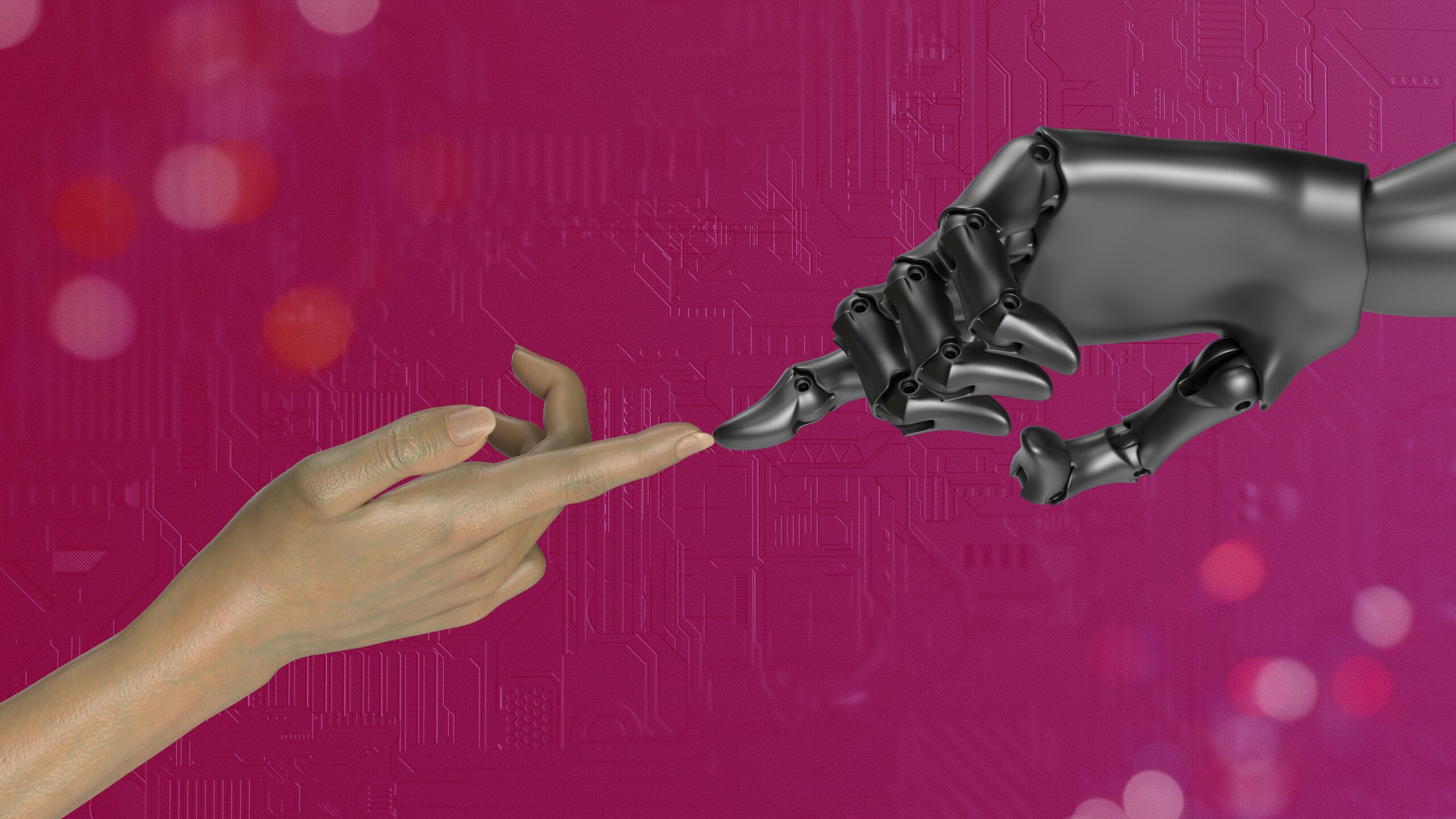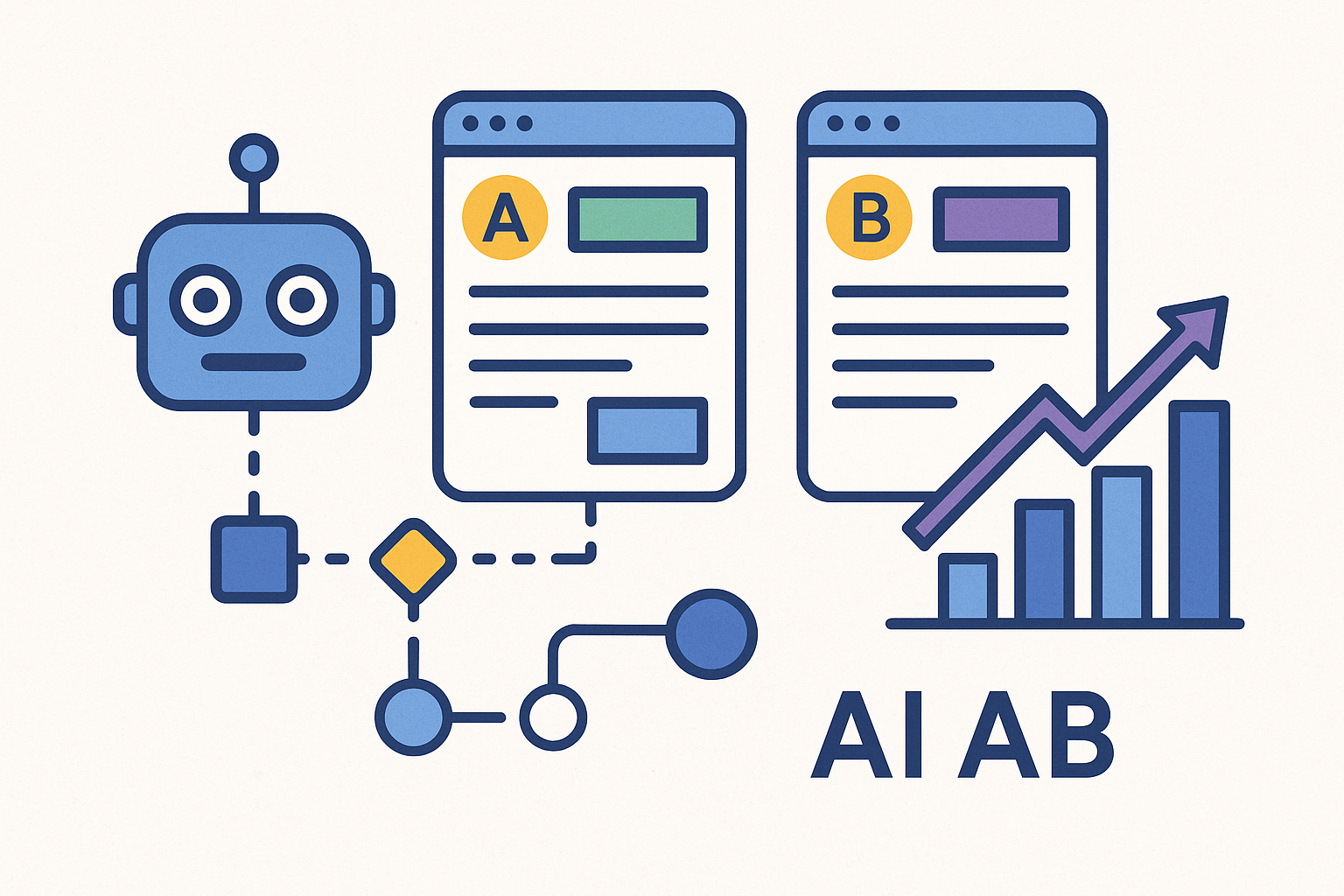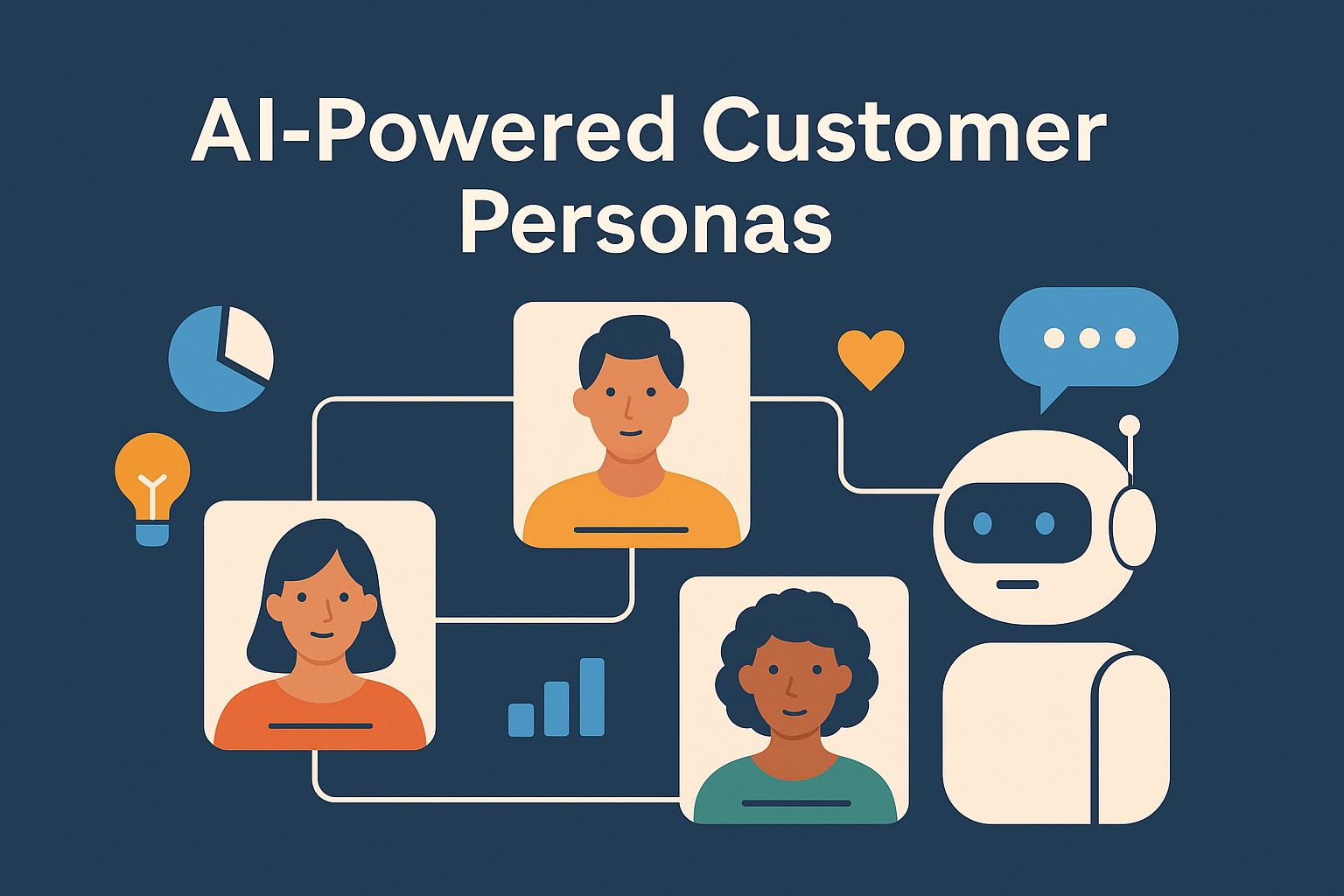Building Trust at Scale: What AI Can’t Fake

We’re living in the golden age of automation. Emails write themselves, bots handle customer service, and AI tools work overtime without ever asking for snacks. It’s a marvel of modern tech. Yet for all its digital magic, there’s still one thing AI just can’t deliver—authentic trust.
While it can imitate tone and follow up faster than your most caffeinated team member, trust isn’t built on speed or efficiency. It’s built on something much harder to replicate—emotional resonance.
Why Trust and Perfection Don’t Mix
Trust isn’t about flawless messaging or perfect spelling. It’s about feeling understood. People trust people—not because they always get it right, but because they’re real. Mistakes, pauses, and even awkward moments carry emotional weight. They say, “Hey, I’m human. I see you.”
AI doesn’t flinch. It doesn’t stammer during presentations or forget the punchline to a joke. Those messy, human quirks? They’re gold when it comes to building trust.
Even the most well-trained language model can’t feel what it’s saying. That’s the difference between sounding helpful and actually being helpful.
The Slicker It Sounds, the Less We Trust
Let’s face it—AI-generated content is getting eerily good. It writes product descriptions, blogs, sales emails, and heartfelt apologies. And yet, the better it sounds, the more skeptical we become. Because at some level, we all wonder: Who actually wrote this? Do they mean it? Are they even real?
This doubt isn’t irrational. When everything’s too polished, it feels curated. And curated can feel calculated. We’re hungry for truth in a world full of templates.
That’s why showing up imperfectly—but genuinely—is often more effective than delivering something flawless but empty.
What Makes Humans Trust Each Other
We don’t trust people because they’ve mastered sentence structure. We trust them because they share their stories. Vulnerability, consistency, and honesty go a long way. They don’t scale the way software does, but they scale in a more meaningful way—through loyalty.
Whether it’s a typo in a newsletter or a candid video from a founder, people lean in when something feels real. It’s not about exposing every flaw, but about letting your humanity show through the message.
When brands or creators try too hard to seem perfect, they usually end up sounding fake. That’s a recipe for instant disconnection.
The Role of AI: A Trusty Assistant, Not the Star
Here’s the thing: AI isn’t the villain. In fact, it’s a fantastic assistant when used well. It can handle the repetitive tasks, draft your outlines, and summarize your research. It’s like having a superfast, slightly robotic intern who never needs PTO.
Where it falls short is in areas that require emotional intelligence, lived experience, and deep empathy. It can simulate those things, but simulation isn’t the same as sincerity.
That’s why it’s important to let AI support your voice, not replace it. When your audience detects that everything you say sounds “AI-ish,” it’s game over for trust.
Scaling Trust Means Staying Human
Trust doesn’t scale the same way data pipelines do. It grows slowly, through consistent, intentional interactions. You don’t build it in a day with a killer email sequence. You build it over time, through truth, care, and showing up when it matters most.
This doesn’t mean you need to respond manually to every comment or handwrite every welcome email. What it does mean is that you need to keep your brand’s heart intact—especially as you grow.
In a noisy world, warmth stands out. Humor stands out. Kindness stands out. Your humanity stands out.
The Realness Radar is Real
Consumers are developing an excellent sense for authenticity. They know when your tweet was written by a person and when it was fed into a prompt. They know when your brand voice is consistent—and when it’s clearly been run through a dozen automation layers.
Trying to fool them with slick language or faux empathy just doesn’t work. On the other hand, being upfront—saying “This was AI-assisted, but I really care”—often builds more credibility than pretending everything is handmade.
Transparency is no longer optional. It’s a competitive edge.
What Trust-Building Actually Looks Like
Let’s break it down. Here’s what trust-building looks like in action:
- A founder admitting they made the wrong call, and how they’ll fix it.
- A brand that actually replies to customer questions—even when it’s hard.
- An email that tells a story, not just sells a product.
- A brand voice that stays consistent whether it’s a tweet, podcast, or live event.
- A willingness to be helpful even when there’s no sale attached.
None of these things require perfection. What they require is care, commitment, and a clear voice that sounds unmistakably human.
Realness is a Long-Term Strategy
You can grow fast using automation, but long-term growth? That’s a trust game. And trust is sticky. When someone believes you’re real, helpful, and reliable, they’ll return. They’ll refer you. They’ll forgive mistakes. They’ll root for your success.
That doesn’t happen with transactional messaging or auto-generated charm. It happens when you consistently deliver value, show empathy, and speak from a place of genuine intent.
If you’re building a brand or leading a team, investing in realness will pay dividends far beyond your next campaign.
Use AI Wisely—But Don’t Overuse It
By all means, use AI to help you stay productive. Let it support your processes. Let it clean up the typos and brainstorm ideas. Just remember: the moment you let it become your entire message, you risk losing the very thing people are craving.
Use it to speed up. Use it to stay organized. But always keep one hand on the wheel—and your human voice on the mic.
At the end of the day, people aren’t just buying your product. They’re buying your story, your energy, and the feeling you give them.
Your Trust Checklist for the AI Era
Before we wrap up, here’s a quick checklist to help you build trust as you scale:
✅ Show up as yourself—even in automated systems.
✅ Mix personal storytelling with professional clarity.
✅ Use humor and vulnerability to deepen connection.
✅ Admit mistakes quickly and clearly.
✅ Let your values guide your communication.
✅ Don’t sound like a bot, even if you use one.
✅ Keep your message consistent across every touchpoint.
Keep It Real, Even at Scale
Trust isn’t built with perfectly crafted sentences or polished automation flows. It’s built with honesty, care, and the courage to show up real. AI can help you work smarter, but it can’t do the heart work.
So go ahead—use your tools, but don’t lose your voice in the process.
When it comes to building trust, there’s still no substitute for being truly, unapologetically human.










